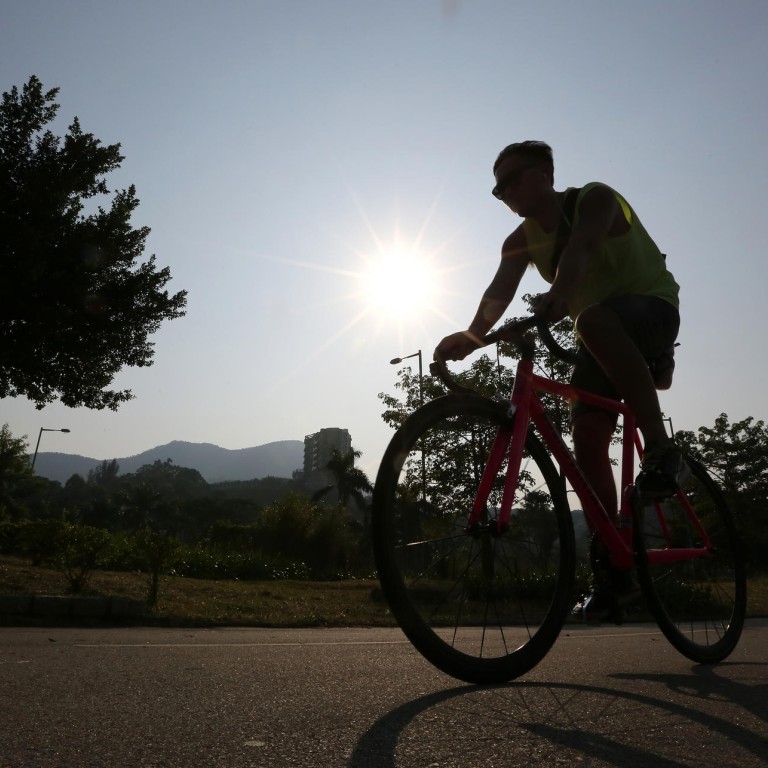
Time for Hong Kong government to get on its bike?
Authorities say city's urban areas are too congested for cycle paths, yet London, where roads are just as busy, is building Europe's longest
London's plan to build Europe's longest segregated bicycle path through some of its busiest areas has renewed calls in Hong Kong for better cycling infrastructure.
London Mayor Boris Johnson unveiled his plan to build a 29km "crossrail" for bicycles last month. Construction could start as early as next year after a consultation period and be completed in March 2016.

Hong Kong Cycling Alliance chairman Martin Turner said the local government should think about how support for bikes could enhance Hong Kong's towns and urban areas.
"Every city faces its own planning and mobility issue. Hong Kong will have to work out how to encourage and enable cycling to the greatest benefit," he said.
But the government said such lanes would be impracticable in the city's congested urban areas.
A large part of London's 29km east-west route, from Barking to Acton, is along the Thames. A shorter 4.8km north-south route runs from the Elephant and Castle to King's Cross. It is estimated the two sections will cost £913 million (HK$11.3 billion).
Both Hong Kong and London have some of the world's busiest roads. According to data from both cities' transport authorities, there are on average 31 vehicles on each lane of the Victoria Embankment per metre per hour, compared with 14 on Des Voeux Road Central and 60 on Connaught Road Central.
Johnson said pressure on roads, buses and railways could be alleviated by encouraging more people to travel by bike. Bicycles made up 24 per cent of all rush-hour traffic in central London, he said.
"Getting more people on to their bikes will … improve life for everyone, whether or not they cycle themselves," he said.
Turner, who has been a long-time critic of Hong Kong's policy of treating cycling only as a leisure activity, said the city's well-developed road network could facilitate bicycle access all around the city.
He said dedicated cycle lanes were seen to have contributed to the growth of urban cycling elsewhere, and that it was likely such lanes would do the same in Hong Kong.
But the Transport Department said the city's urban areas were "usually narrow and crowded with frequent loading and unloading activities" so it would be difficult to free up space for cycle tracks.
"Due to road safety considerations, in that cyclists are more vulnerable than motorists when sharing the same traffic lane, the government does not encourage the public to use bicycles as a transport mode in urban areas," a spokeswoman said.
The department was, however, making an effort to make new towns more bicycle-friendly, she said.
Transport analyst Dr Hung Wing-tat of Polytechnic University said cycling as a travelling mode was suitable only for distances of less than 10km, and best within 5km.
"If it is well-planned in an activity centre, it is possible to reduce road traffic and public transport," he said.
Hong Kong is building a bicycle network in the New Territories in phases.
The Civil Engineering and Development Department said a 5km route from Sheung Shui to Ma On Shan opened to the public in March. When the network is completed, a cycle path of about 60km will link Tuen Mun and Ma On Shan.
